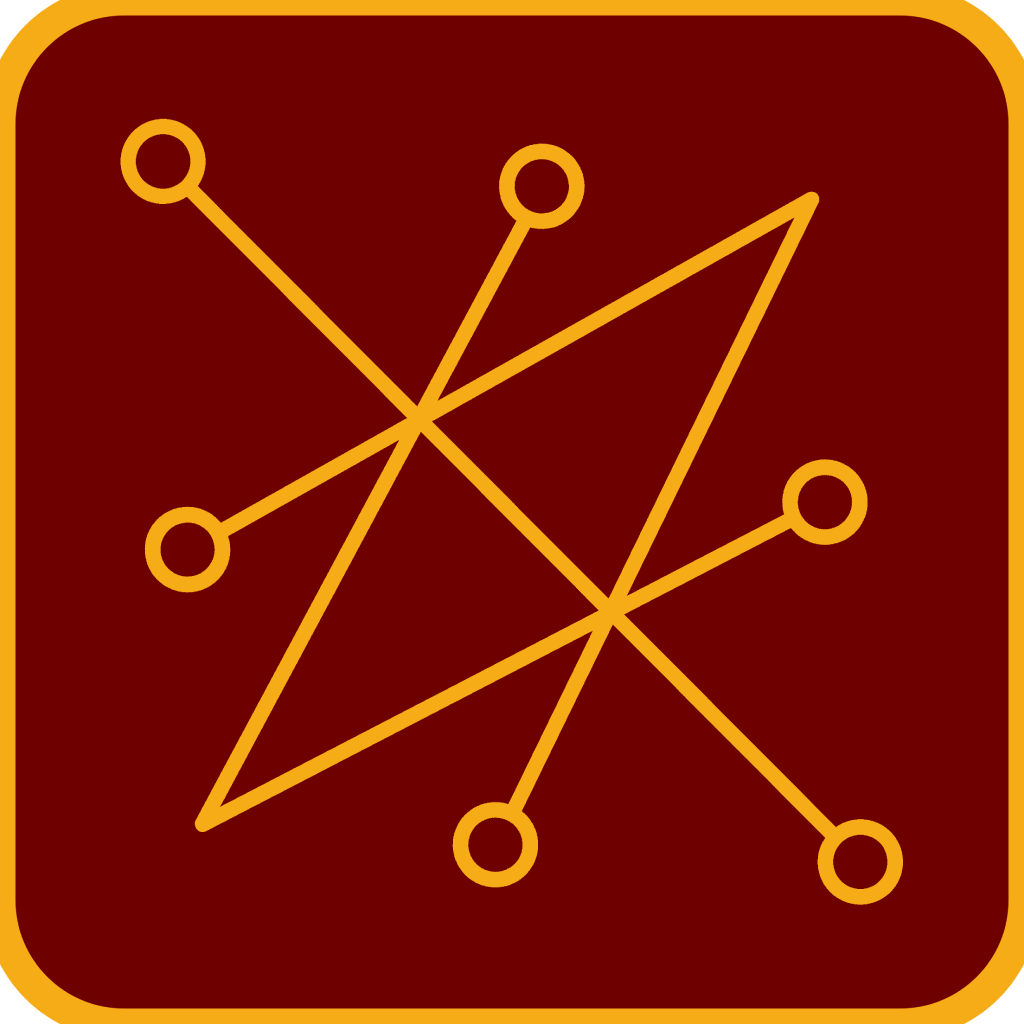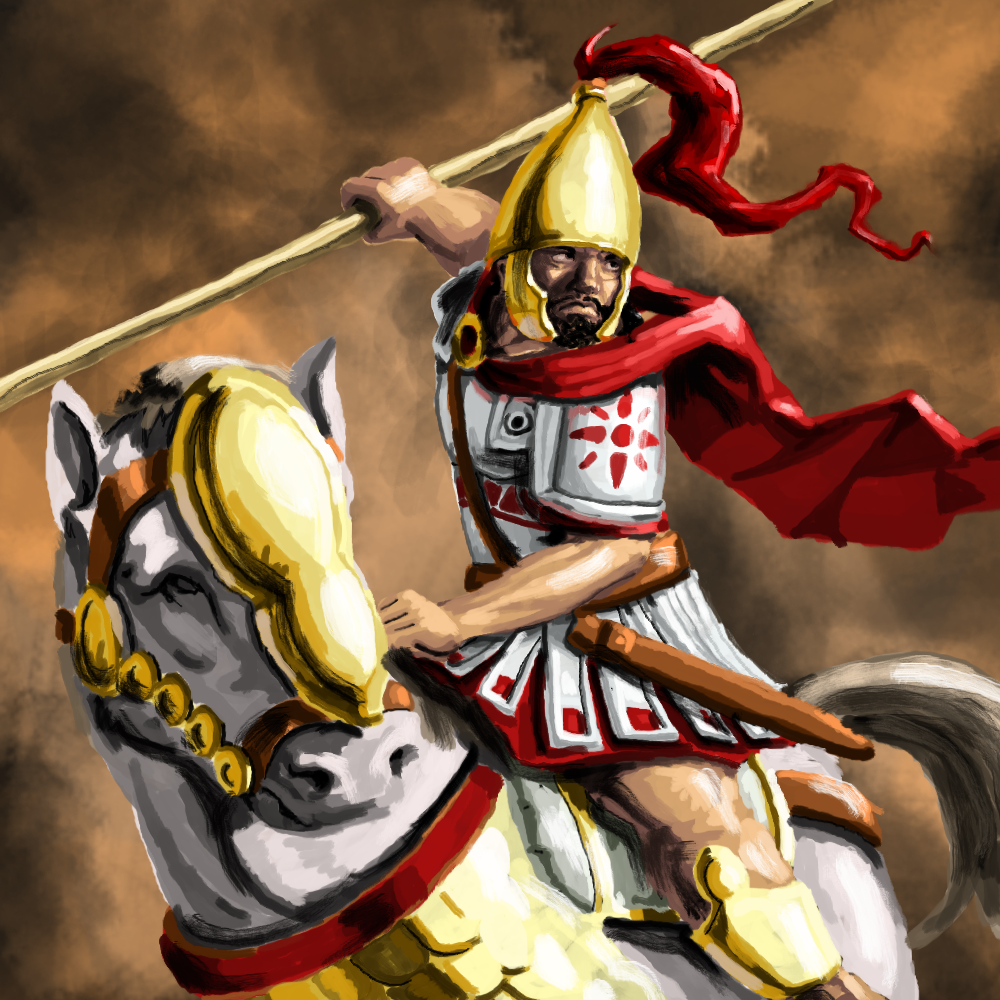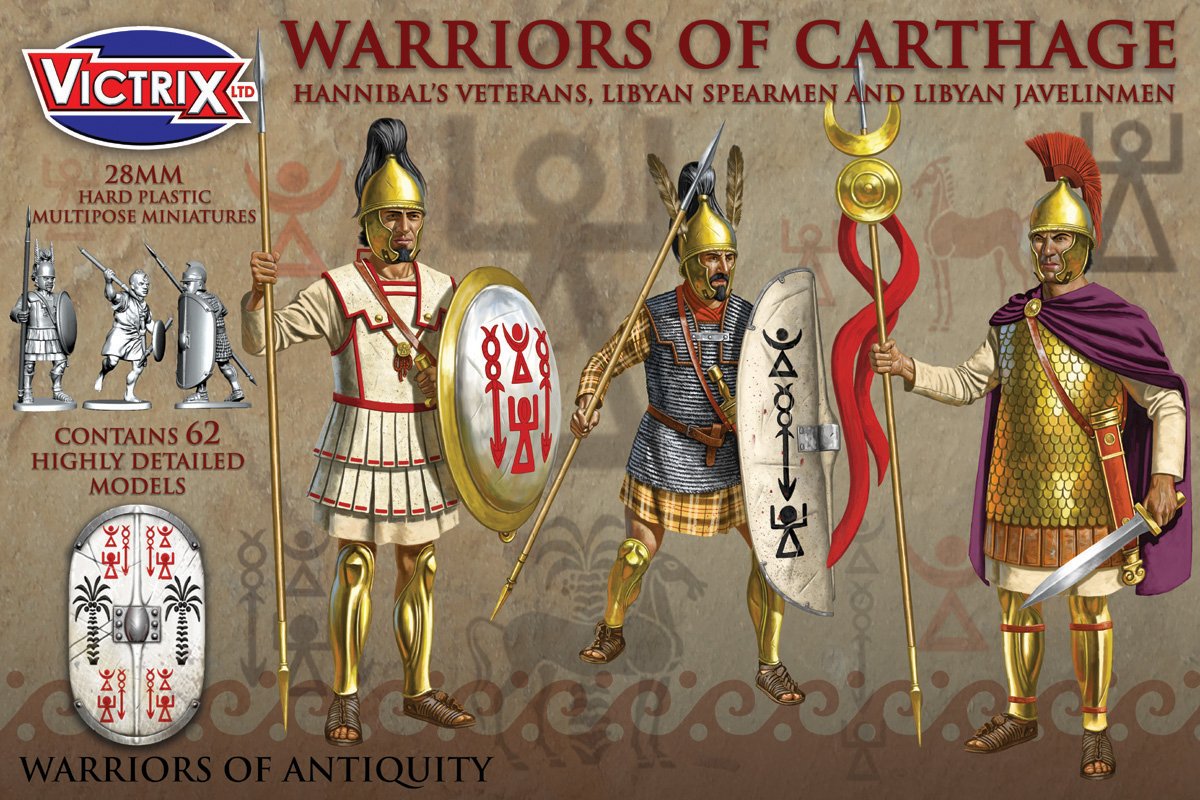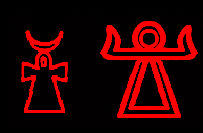Blitzkreig [JG]

Head of Community
The Sacred Band of Astarte
Elite heavy cavalry of Carthage (Phoenician peoples of what is now Tunisia).

Image Source: Lordgood from Deviantart
Notice the 8-pointed star, one of her symbols.
From Wikipedia Source 1: "An important part of the Punic culture seems to have consisted in their devotion to the gods, and their well-known units, called Sacred Bands".
From Wikipedia Source 2, the Sacred Bands consisted of elite citizenry of the richest demographics, bearing superior gear that they purchased themselves. In numerous notable battles, they had fought to the death, even during heavy rain or to buy time for their retreating allies.

Image Source: Stronghold Terrain
More soldiers of Carthage. Notice the "Sign of Tanit" inscribed on the shields.
Regarding allegations of child sacrifice, we continue from the same Source 4:
"Some archaeologists theorized that infant sacrifices have occurred. Lawrence E. Stager, who directed the excavations of the Carthage Tophet in the 1970s, believes that infant sacrifice was practiced there."
"Tophet is a Hebrew term from the Bible, used to refer to a site near Jerusalem at which Canaanites and Israelites who strayed from Judaism by practicing Canaanite idolatry were said to sacrifice children."
"The Hebrew Bible does not specify that the Israelite victims were buried, only burned, although the "place of burning" was probably adjacent to the place of burial. We have no idea how the Phoenicians themselves referred to the places of burning or burial, or to the practice itself."
My notes: Give me a fucking break! Here Jews pretend to be pagan, then immediately start blood sacrificing in "the name" of Astarte and other Gods, desecrating their name both at that time, but also into the modern era, providing "proof" of how evil pagans are.
Remember what the Clergy showed us:
"Book of Exodus 29:18
And thou shalt burn the whole ram upon the altar: it is a burnt offering unto the LORD: it is a sweet savour, an offering made by fire unto the LORD.
Word "holocaust" is a Jewish word meaning "burning" which is constantly used in bible and means sacrifice to the Jewish god.
Leviticus 1:9
But his inwards and his legs shall he wash in water: and the priest shall burn all on the altar, to be a burnt sacrifice, an offering made by fire, of "a sweet savour unto the LORD".
1:17
And he shall cleave it with the wings thereof, but shall not divide it asunder: and the priest shall burn it upon the altar, upon the wood that is upon the fire: it is a burnt sacrifice, an offering made by fire, of a sweet savour unto the LORD.
But their god requires a constant human:
"And you shall offer your burnt-offerings, flesh and blood, on the altar of the LORD your God; But the blood of your other victims must be shed at the altar of the Lord your God, and eat the meat ... "
- Deuteronomy 12:27"
The loyal soldiers of Carthage were fighting and dying for Astarte, whereas the Jews were busy sacrificing kids and animals in the same land left behind by those brave Gentiles!
This is an example of the dogshit we overturn and bring to light through our rituals.
Read more: https://en.wikipedia.org/wiki/Tophet
Elite heavy cavalry of Carthage (Phoenician peoples of what is now Tunisia).

Image Source: Lordgood from Deviantart
Notice the 8-pointed star, one of her symbols.
From Wikipedia Source 1: "An important part of the Punic culture seems to have consisted in their devotion to the gods, and their well-known units, called Sacred Bands".
From Wikipedia Source 2, the Sacred Bands consisted of elite citizenry of the richest demographics, bearing superior gear that they purchased themselves. In numerous notable battles, they had fought to the death, even during heavy rain or to buy time for their retreating allies.

Image Source: Stronghold Terrain
More soldiers of Carthage. Notice the "Sign of Tanit" inscribed on the shields.
 | Sign of Tanit. From Wikipedia Source 3: "...anthropomorph symbol of the Punic goddess Tanit, present on many archaeological remains of the Carthaginian civilization." Going further, with Wikipedia Source 4: " ...and the chief deity of Ancient Carthage...She was equivalent to the war goddess Astarte". |
 | JoS Clergy: "The symbols on the left are of Astarte. Both were derived from the Egyptian Ankh. These symbols are also related to the moon and in casting blessings or cursing in magick, invoking the spiritual power to do so. In order to do this, the person must have strong bioelectricity, also symbolized by the Lunar Horn on the first symbol and the general shape of both symbols based on the Ankh. Astarte's symbol at right symbolizes the balance and equilibrium, obtained when both the Ida and Pingala nadis are equally active, and the Sushumna is no longer dormant." |
Regarding allegations of child sacrifice, we continue from the same Source 4:
"Some archaeologists theorized that infant sacrifices have occurred. Lawrence E. Stager, who directed the excavations of the Carthage Tophet in the 1970s, believes that infant sacrifice was practiced there."
"Tophet is a Hebrew term from the Bible, used to refer to a site near Jerusalem at which Canaanites and Israelites who strayed from Judaism by practicing Canaanite idolatry were said to sacrifice children."
"The Hebrew Bible does not specify that the Israelite victims were buried, only burned, although the "place of burning" was probably adjacent to the place of burial. We have no idea how the Phoenicians themselves referred to the places of burning or burial, or to the practice itself."
My notes: Give me a fucking break! Here Jews pretend to be pagan, then immediately start blood sacrificing in "the name" of Astarte and other Gods, desecrating their name both at that time, but also into the modern era, providing "proof" of how evil pagans are.
Remember what the Clergy showed us:
"Book of Exodus 29:18
And thou shalt burn the whole ram upon the altar: it is a burnt offering unto the LORD: it is a sweet savour, an offering made by fire unto the LORD.
Word "holocaust" is a Jewish word meaning "burning" which is constantly used in bible and means sacrifice to the Jewish god.
Leviticus 1:9
But his inwards and his legs shall he wash in water: and the priest shall burn all on the altar, to be a burnt sacrifice, an offering made by fire, of "a sweet savour unto the LORD".
1:17
And he shall cleave it with the wings thereof, but shall not divide it asunder: and the priest shall burn it upon the altar, upon the wood that is upon the fire: it is a burnt sacrifice, an offering made by fire, of a sweet savour unto the LORD.
But their god requires a constant human:
"And you shall offer your burnt-offerings, flesh and blood, on the altar of the LORD your God; But the blood of your other victims must be shed at the altar of the Lord your God, and eat the meat ... "
- Deuteronomy 12:27"
The loyal soldiers of Carthage were fighting and dying for Astarte, whereas the Jews were busy sacrificing kids and animals in the same land left behind by those brave Gentiles!
This is an example of the dogshit we overturn and bring to light through our rituals.
Read more: https://en.wikipedia.org/wiki/Tophet

